simulate this circuit – Schematic created using CircuitLab
I've been using decoupling caps for a while now and I understand their purpose in keeping DC signals clean since capacitors allow high frequency signals through that get passed into ground and don't show up on the capacitor as built up charge in DC form, so they don't disturb the signal on the load.
What I've been wondering for a while is, if a random noise spike is introduced into the system from the power source or from an external source through capacitive coupling, what happens to the charge already stored on the capacitor? If the capacitor is fully charged to 1v as shown in the schematic, and it then instantaneously acts as a short to bypass the high frequency noise into ground, would a short show up on the load? Would the load have 0 volts applied to it in that instant? If this is the case, would the load not be disturbed in operation for that nanosecond in which the capacitor shorts? I'm just having a hard time understanding exactly how the capacitor can bypass charge and act as a short while still maintaining its charge built up from the DC source.
It's been explained to me in school that caps block DC but pass AC, but I feel like that on its own doesn't explain decoupling well enough. Thanks for your time.

